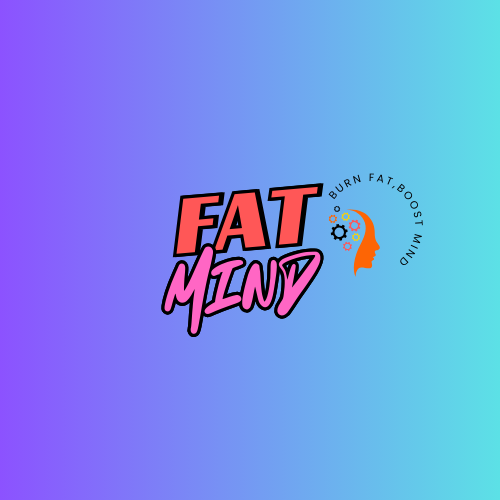Introduction: The Hidden Dangers of Belly Fat
Not all fat is created equal. While some fat is simply stored energy, belly fat especially visceral fat is far more harmful than fat stored in other areas of the body. Research shows that excess belly fat increases the risk of serious health conditions, including heart disease, diabetes, and even mental health disorders.
But why is belly fat more dangerous than fat on the hips, thighs, or arms? And what can you do to reduce it? This article explores the science behind belly fat, the risks it poses, and effective strategies to eliminate it.
Types of Body Fat: Not All Fat Is Equal
1. Subcutaneous Fat (Stored Under the Skin)
- Found in areas like the arms, legs, and thighs.
- Provides insulation and cushioning for the body.
- Generally harmless unless in excessive amounts.
2. Visceral Fat (The Dangerous Type)
- Located deep in the abdominal cavity, surrounding vital organs.
- Releases inflammatory chemicals that disrupt the body’s natural functions.
- Linked to chronic diseases, insulin resistance, and metabolic disorders.
Why Belly Fat Is More Harmful Than Other Fat
It Increases the Risk of Heart Disease
- Visceral fat releases fatty acids and inflammatory compounds that damage blood vessels.
- It raises bad cholesterol (LDL) and lowers good cholesterol (HDL).
- Leads to high blood pressure, arterial plaque buildup, and heart attacks.
It Disrupts Hormonal Balance
- Produces excess cortisol (stress hormone), leading to anxiety and fatigue.
- Affects insulin sensitivity, increasing the risk of Type 2 diabetes.
- Alters leptin and ghrelin levels, causing constant hunger and cravings.
It Contributes to Chronic Inflammation
- Belly fat releases cytokines, which cause low-grade inflammation throughout the body.
- Chronic inflammation is linked to joint pain, autoimmune disorders, and accelerated aging.
- Increases the risk of conditions like Alzheimer’s, arthritis, and even cancer.
It Negatively Affects Mental Health
- Belly fat is associated with higher stress, anxiety, and depression.
- Increases cortisol, which disrupts mood regulation and sleep patterns.
- Linked to brain fog and cognitive decline over time.
How to Reduce Belly Fat and Improve Overall Health
Follow a Belly Fat-Focused Diet
- Increase Fiber Intake: Whole grains, vegetables, and legumes help control appetite.
- Eat Healthy Fats: Avocados, nuts, and olive oil reduce inflammation.
- Avoid Processed Sugars: Excess sugar contributes to insulin resistance and fat storage.
Prioritize Strength Training and Cardio
- High-Intensity Interval Training (HIIT): Burns visceral fat faster than steady-state cardio.
- Strength Training: Builds muscle, which boosts metabolism.
- Walking & Running: Helps maintain a calorie deficit and reduce belly fat.
Manage Stress to Lower Cortisol
- Meditation and Deep Breathing: Activates the parasympathetic nervous system.
- Quality Sleep: Poor sleep leads to increased hunger and weight gain.
- Journaling & Social Support: Reduces emotional eating caused by stress.
Improve Gut Health
- A healthy gut microbiome reduces inflammation and improves metabolism.
- Probiotic foods like yogurt and kimchi support digestion and fat loss.
- Hydration is essential for flushing toxins and reducing bloating.
Conclusion: Prioritizing Health Over Appearance
Belly fat isn’t just a cosmetic concern it’s a serious health risk. Unlike fat stored in other parts of the body, visceral fat releases harmful chemicals that increase the risk of chronic diseases, mental health issues, and inflammation.
By making small lifestyle changes including a healthy diet, exercise, stress management, and quality sleep you can reduce belly fat and improve overall well-being.
Next Steps:
- Read More: [The Best Workouts to Burn Belly Fat Fast]
- Try This: [Top 10 Anti-Inflammatory Foods for a Healthy Gut]
